Your vital organs—screened
Scan your body for potential cancer and 500+ conditions in up to 13 organs.



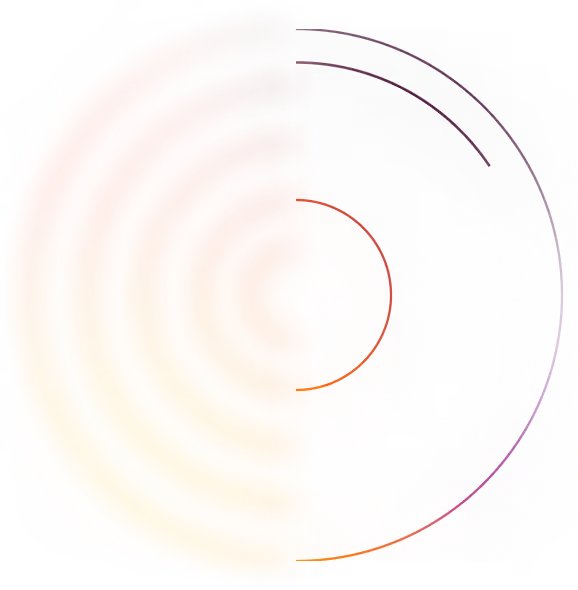
Our scan is designed to










"A large part of the credit for this great prognosis goes to early detection: given that the tumor was found so early, it was easier to remove surgically, and any spread is unlikely"

Most people diagnosed with cancer twice can’t say cancer and lucky in the same sentence. I'm so thankful to have caught these cancers early.


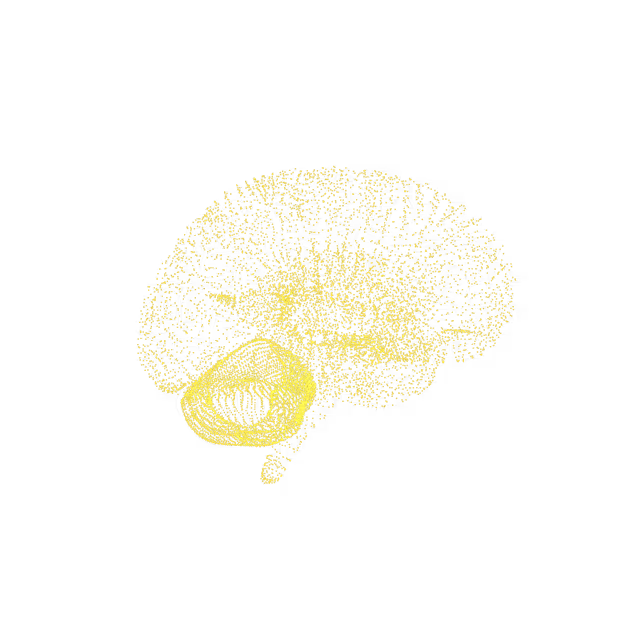
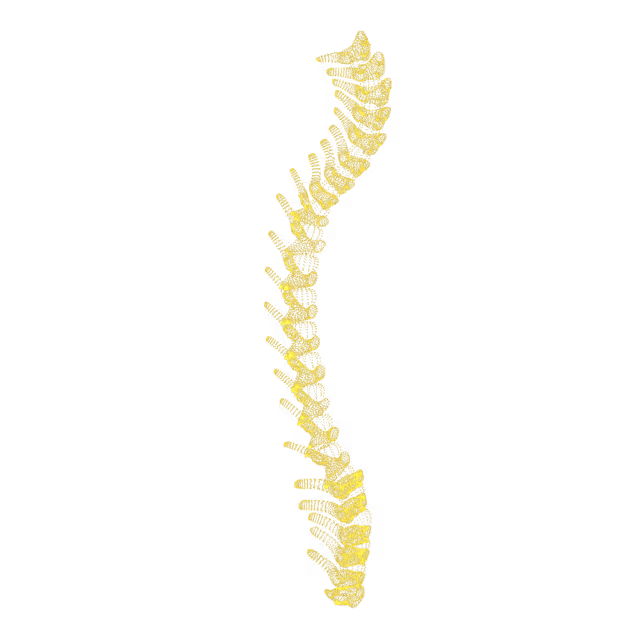
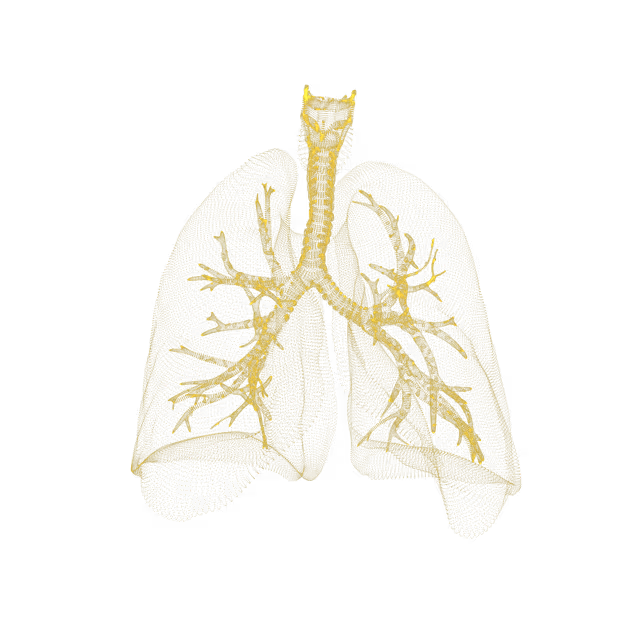
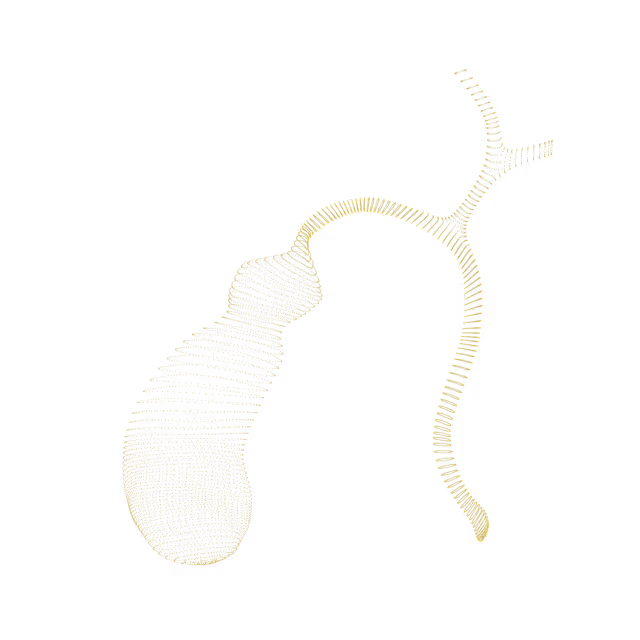
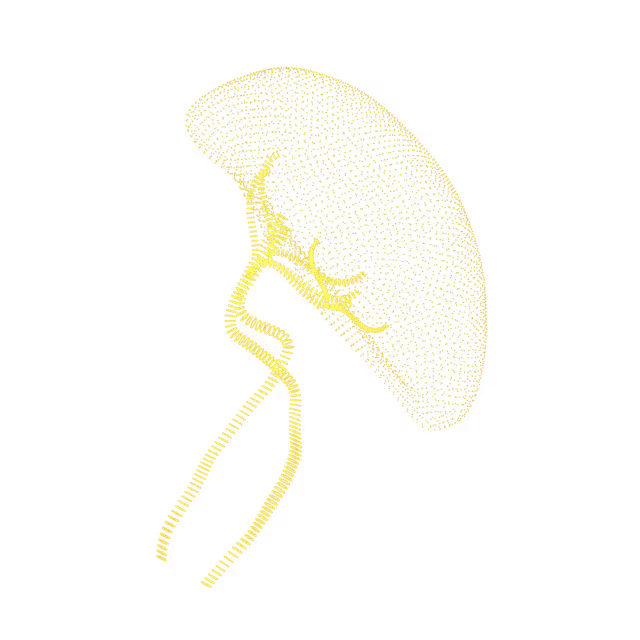
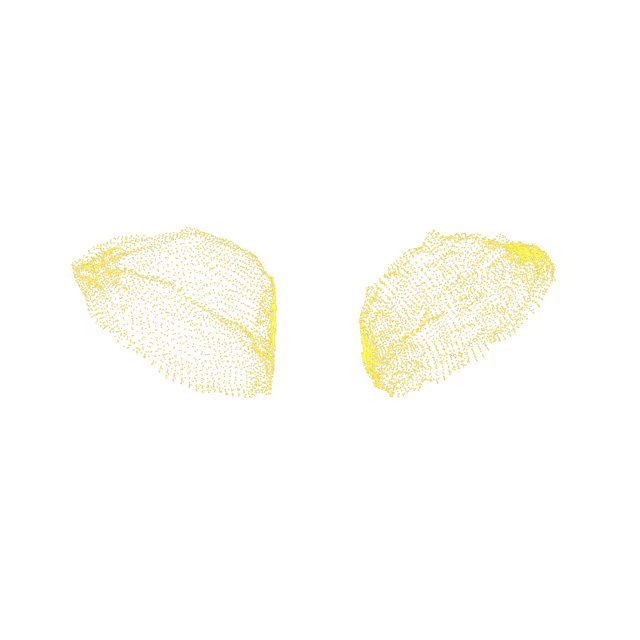
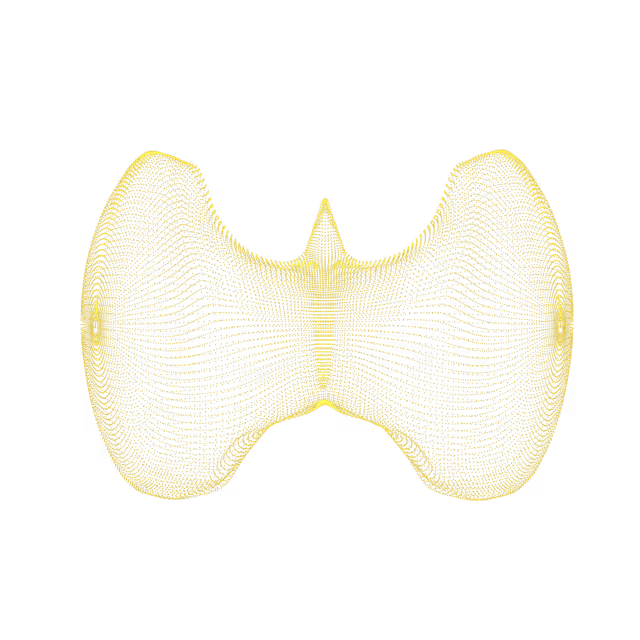
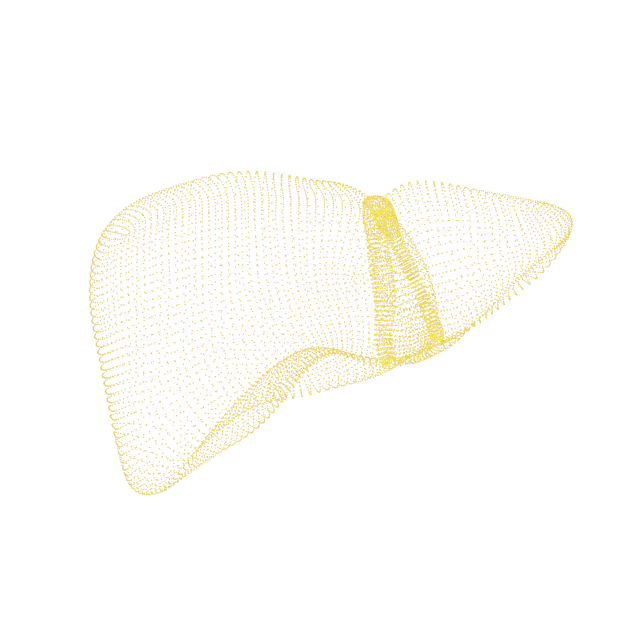
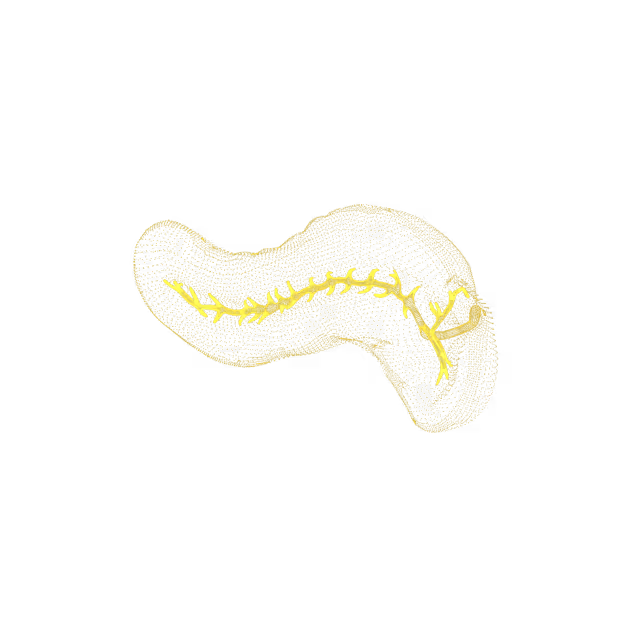
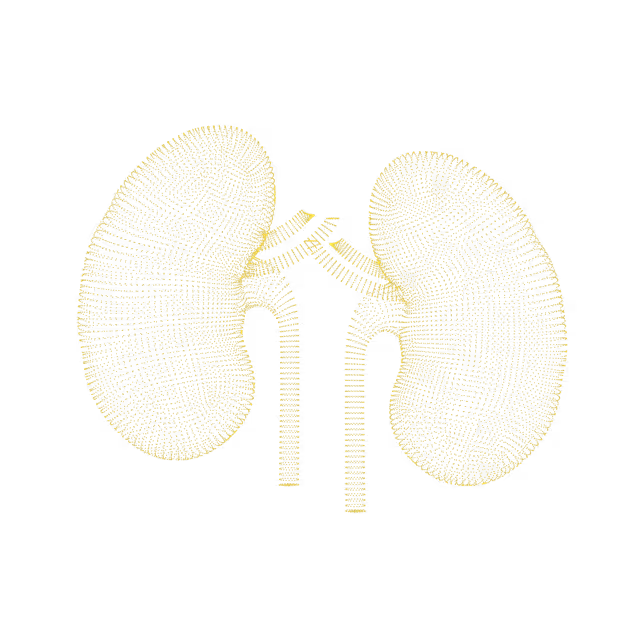
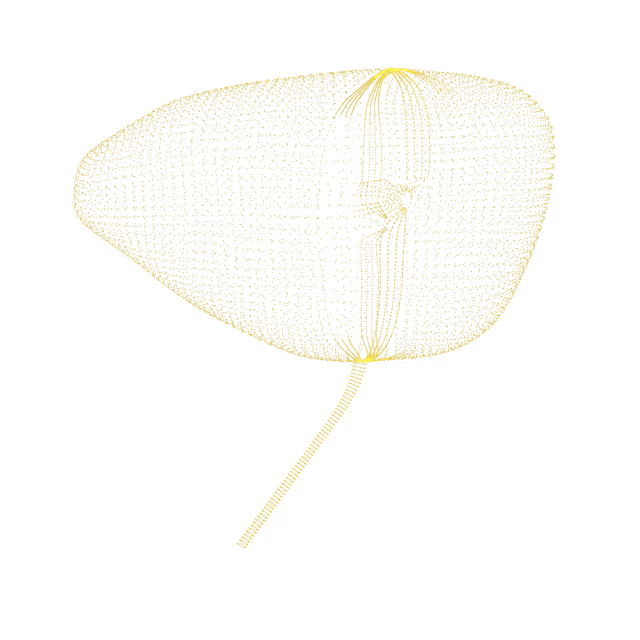
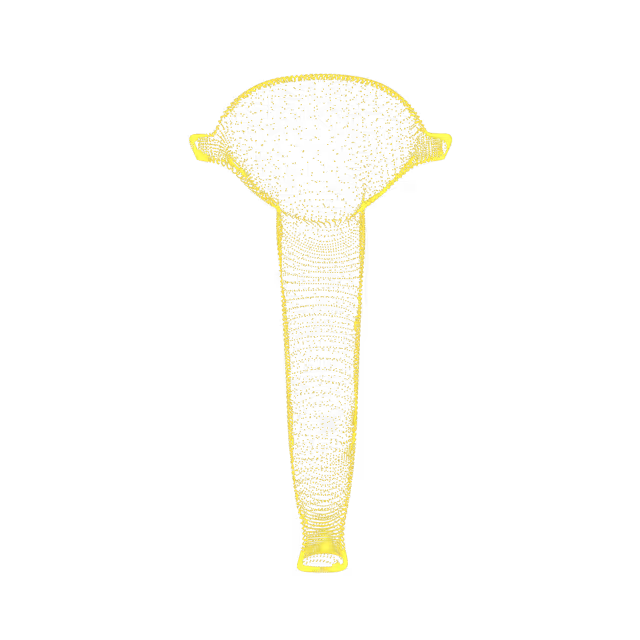
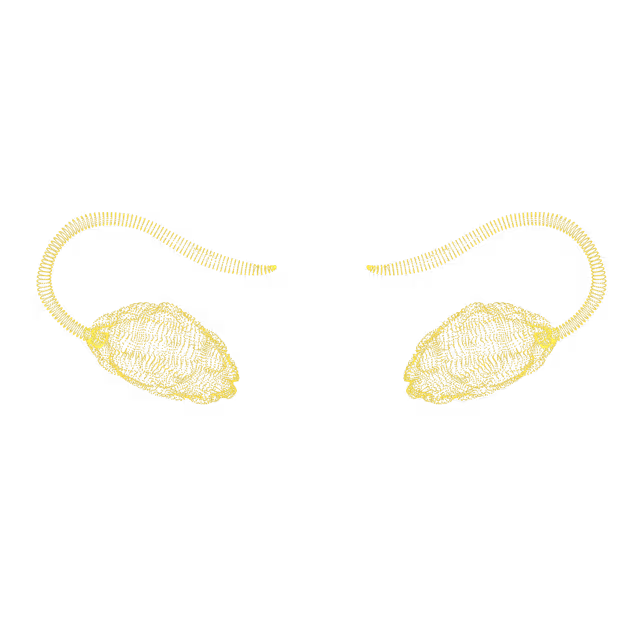
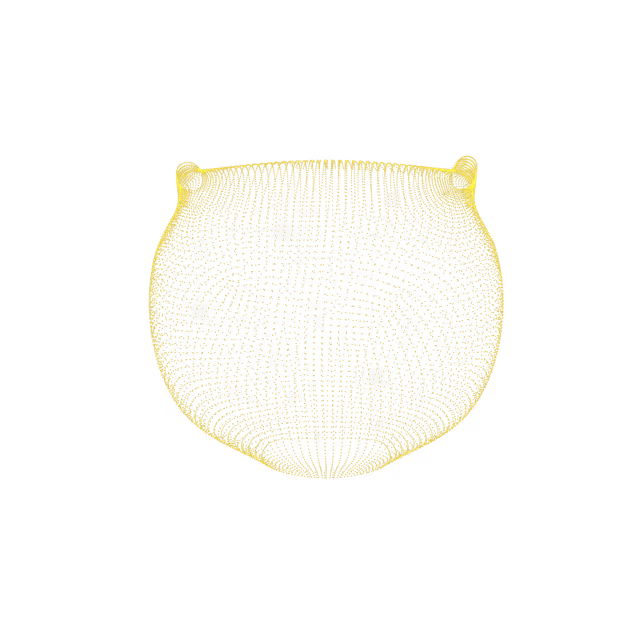

Situs inversus is a genetic condition in which the organs in the chest and abdomen are positioned in a mirror image from their normal positions. Your MRI images reflect your known medical history of situs inversus. No further evaluation or follow-up is needed for this finding.
The urachus is a structure that connects the umbilical cord to the bladder during fetal development. Although the urachus normally disappears prior to birth, part of it may remain in some individuals. A sac-like pocket of tissue with fluid can form in the remaining urachus, called a urachal cyst. Urachal cysts are usually not associated with any symptoms and do not require treatment, unless there are complications such as infection. In these cases, symptoms may include abdominal pain, fever, pain with urination and/or blood in the urine.
A ventral hernia occurs when part of the intestine or other abdominal tissue (e.g. fat) sticks out through an opening in the abdominal muscles at any location along the midline (vertical center) of the abdomen wall. In adults, ventral hernias are often acquired due to history of abdominal surgeries, increased intra-abdominal pressure brought on by obesity, straining with heavy lifting or coughing, or pregnancy.
There are two adrenal glands in the body, one on top of each kidney. The adrenal glands make hormones that regulate the body’s metabolism, response to stress, and water/salt balance. Adrenal adenomas are benign (non-cancerous) tumors found in all age groups and increase in frequency with age. The majority (about 95%) of adrenal adenomas are non-functioning (do not produce hormones), in which case they are asymptomatic (do not cause symptoms). In all cases, but especially in the setting of known current or previous malignancy, adrenal adenomas should be fully evaluated.
There are two adrenal glands in the body, one on top of each kidney. The adrenal glands make hormones that regulate the body’s metabolism, response to stress, and salt and water balance. Calcium can deposit inside healed scar tissue anywhere in the body, and this finding suggests that there was past damage to the adrenal gland.
There are two adrenal glands in the body, one on top of each kidney. The adrenal glands make hormones that regulate the body’s metabolism, response to stress, and salt and water balance. Adrenal nodules (adenomas) are growths inside these glands and are estimated to be present in 1-9% of people. Nodules smaller than 4 cm are most common and usually benign (non-cancerous). Nodules greater than 4 cm in size require further evaluation. Adrenal nodules are usually asymptomatic, but sometimes can overproduce hormones and cause symptoms including: changes in face and body shape, acne, unexplained weight gain or loss, high blood pressure, diabetes, muscle weakness, increase in body hair in women, excessive sweating, abnormal fatigue, and sexual dysfunction.Adenomas contain lipids (fatty content), and when more than 80% of its contents are lipids, they are considered lipid-rich.
There are two adrenal glands in the body, one on top of each kidney. The adrenal glands make hormones that regulate the body’s metabolism, response to stress, and water/salt balance. Adrenal cysts are sac-like pockets of membranous tissue that contain fluid. Most adrenal cysts are benign (non-cancerous), asymptomatic (do not cause symptoms) and do not require intervention. Possible symptoms, if any, can include abdominal discomfort or pain due to physical enlargement of the cyst and endocrine abnormalities (excessive production of hormones).
There are two adrenal glands in the body, one on top of each kidney. The adrenal glands make hormones that regulate the body’s metabolism, response to stress, and salt and water balance. Adrenal masses are growths inside these glands. In some individuals with bilateral findings (in both adrenal glands and not just one), the mass in one adrenal gland may be hormone-producing (functional) while the other is not. In addition, adrenal hypofunction (a deficiency of one or more hormones produced) may occur with bilateral adrenal masses.
An adrenal myelolipoma is a rare, usually unilateral (found in only one adrenal gland and not the other), benign (non-cancerous) tumor. It is composed of mature fat cells and interspersed hematopoietic cells (cells that give rise to other blood cells) that resemble bone marrow. On imaging, the presence of large amounts of fat in an adrenal mass is diagnostic of a myelolipoma. Most lesions are asymptomatic (do not cause symptoms) and may be discovered incidentally when the region is imaged for other reasons.
There are two adrenal glands in the body, one on top of each kidney. The adrenal glands make hormones that regulate the body’s metabolism, response to stress, and salt and water balance. Adrenal nodules are growths inside these glands and are estimated to be present in 1-9% of people. Although most adrenal nodules are usually asymptomatic (do not present symptoms), this finding raises two important questions that need to be answered to determine the appropriate evaluation and treatment - is the nodule functioning (producing excess hormones) and what is the likelihood that it can be cancerous?


© 2025 Ezra